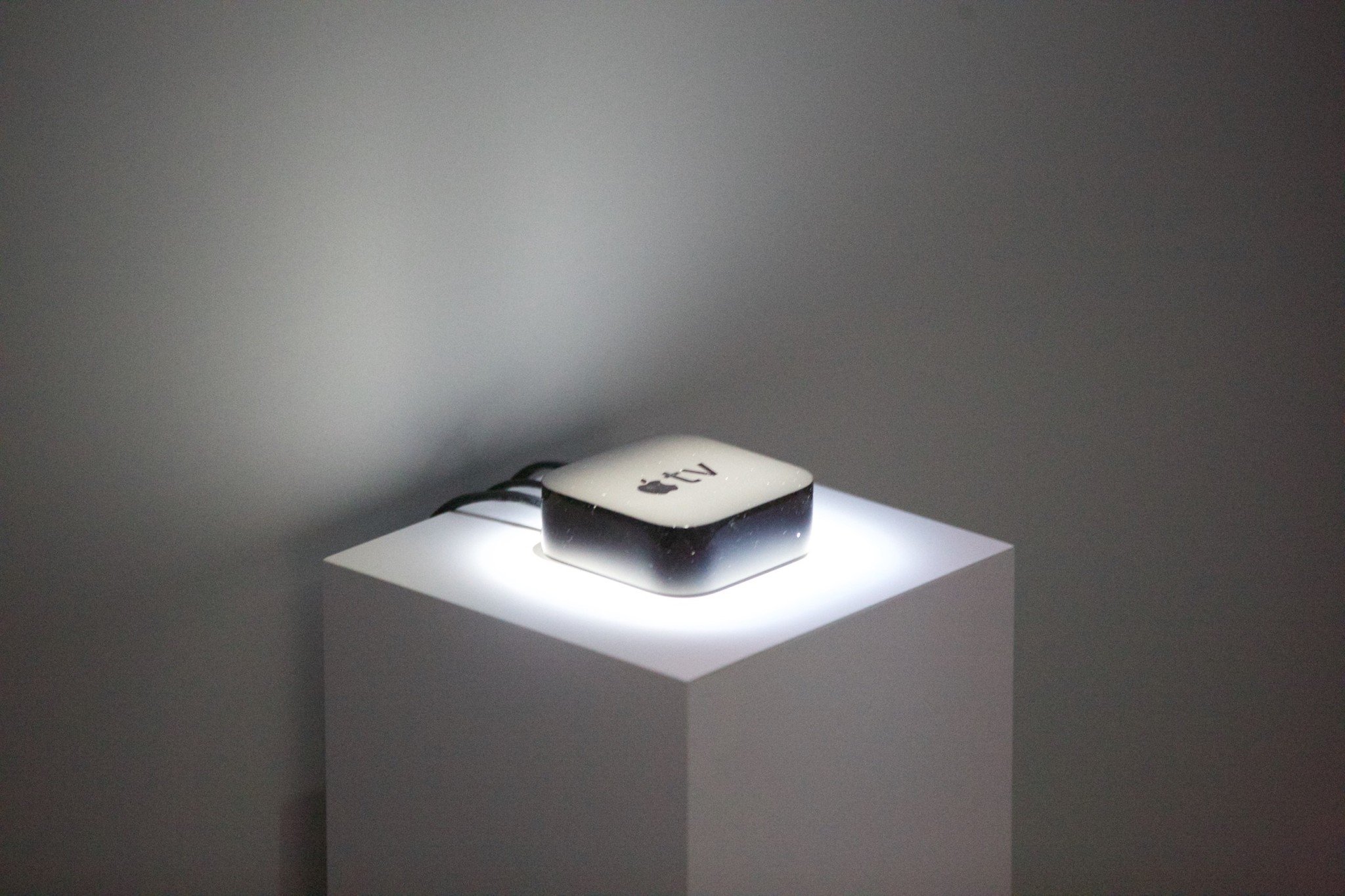How the new Apple TV turns on your TV, switches inputs and controls volume

The new Apple TV is coming soon, it can do a lot more than the old Apple TV. Among the new features is the ability to power on your TV, switch to the correct input and control volume. Just bear in mind that TV needs to support a technology called HDMI-CEC, or Consumer Electronics Control. The good news is that many HDMI sets do, even those that may not say "HDMI-CEC" on them anywhere.
HDMI-CEC is an existing standard that's been around for a number of years. CEC-enabled devices connected through HDMI can control each other using the technology. Which commands each device can accept, however, is up to the individual vendor. Volume control, power and input switching are all pretty basic functions, fortunately.
As a result, no additional wiring is necessary: The Apple TV's single HDMI connection to your TV should be sufficient to control it to power the TV on, switch to the Apple TV input, and manage volume levels all on its own.
HDMI-CEC has been rebranded using a variety of monikers by different companies over the years. "Anynet+" is Samsung's name for it, for example. For Sharp it's "Aquos Link," Sony has "BRAVIA Link" and "BRAVIA Sync", Insignia calls its implementation "INlink," and Panasonic calls it "VIERA Link."
There are a number of other brand identities too, so check with your individual television's manufacturer or its owners manual if you're uncertain if your set supports CEC.
If your set does not support HDMI-CEC, you're out of luck on automatic input, volume and power control from the Apple TV, unfortunately. You'll probably be able to fill the gap with a universal remote, like Logitech's Harmony series. For now, though, Logitech says it's waiting to get its hands on the new gear just like everyone else.
iMore offers spot-on advice and guidance from our team of experts, with decades of Apple device experience to lean on. Learn more with iMore!

